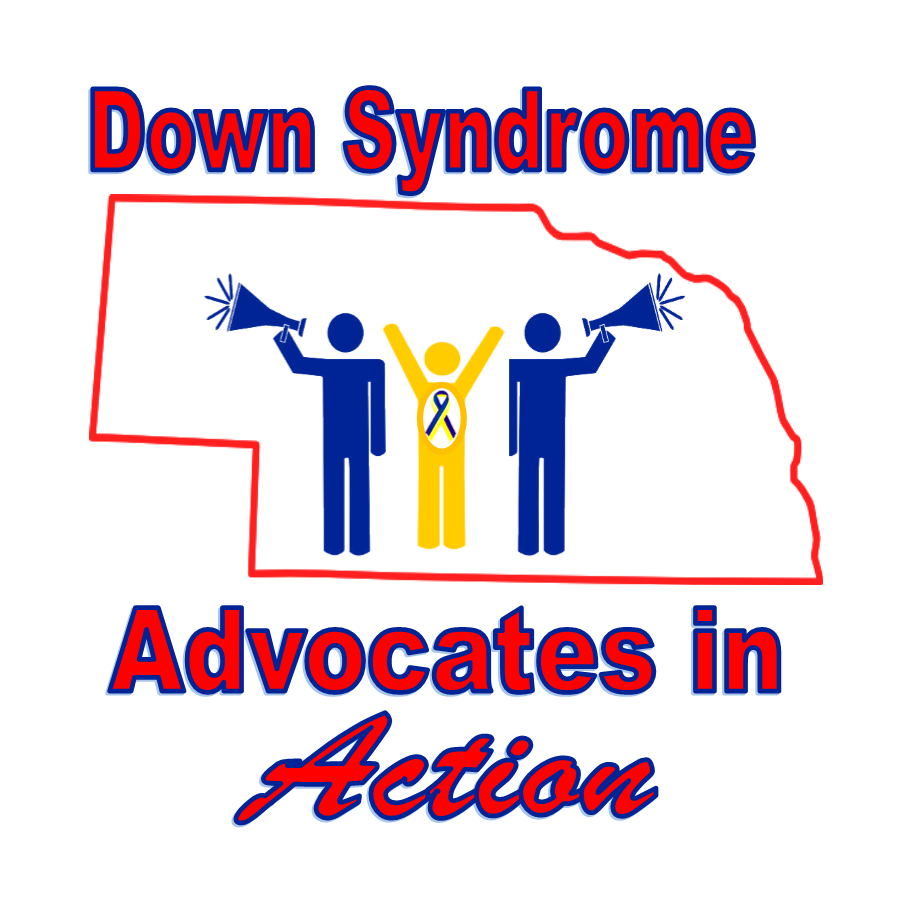|
31 for 21 Day 3 In the United States, the proper way to address a person with 3 copies of the 21st chromosome is to say they have Trisomy 21 or Down syndrome. Big D, no s or apostrophe s, small s in syndrome. The characteristic of Trisomy 21 were first described by Dr. John Langdon Down in 1866 and he is recognized as the father of Down syndrome. "My Aunt was Downs, and we just loved her so much." “Oh, she just has a little Downs, you can hardly tell!” “Downs people are never sad! They are always so happy and positive!” "Sam is Downs. Phrases like this are all too common in society today. In the not so distant past they were the absolute norm for describing people with Trisomy 21. But then again the practice of putting individuals with disabilities in institutions was also the norm. We have come a long way since then, and inclusive class rooms are now considered the best practice for children with Down syndrome, and the vocabulary is changing with it. The correct way to refer to a person with a disability is to use People First Language which respectfully puts the person before the disability. A better way to say the sentences above might be: "We loved my Aunt so much. She had Down syndrome.." It is hard to tell that she has Down syndrome.." "Children with Down syndrome experience a full range of emotions. "Sam has Down syndrome." It is important to remember that a person with a disability is more like people without disabilities than different! A disability descriptor is simply a medical diagnosis, it does not define who the person is. #DSAM2016 #31for21 Comments are closed.
|
AuthorDown Syndrome Advocates in Action Nebraska, is a group for parents run by parents.
|

 RSS Feed
RSS Feed